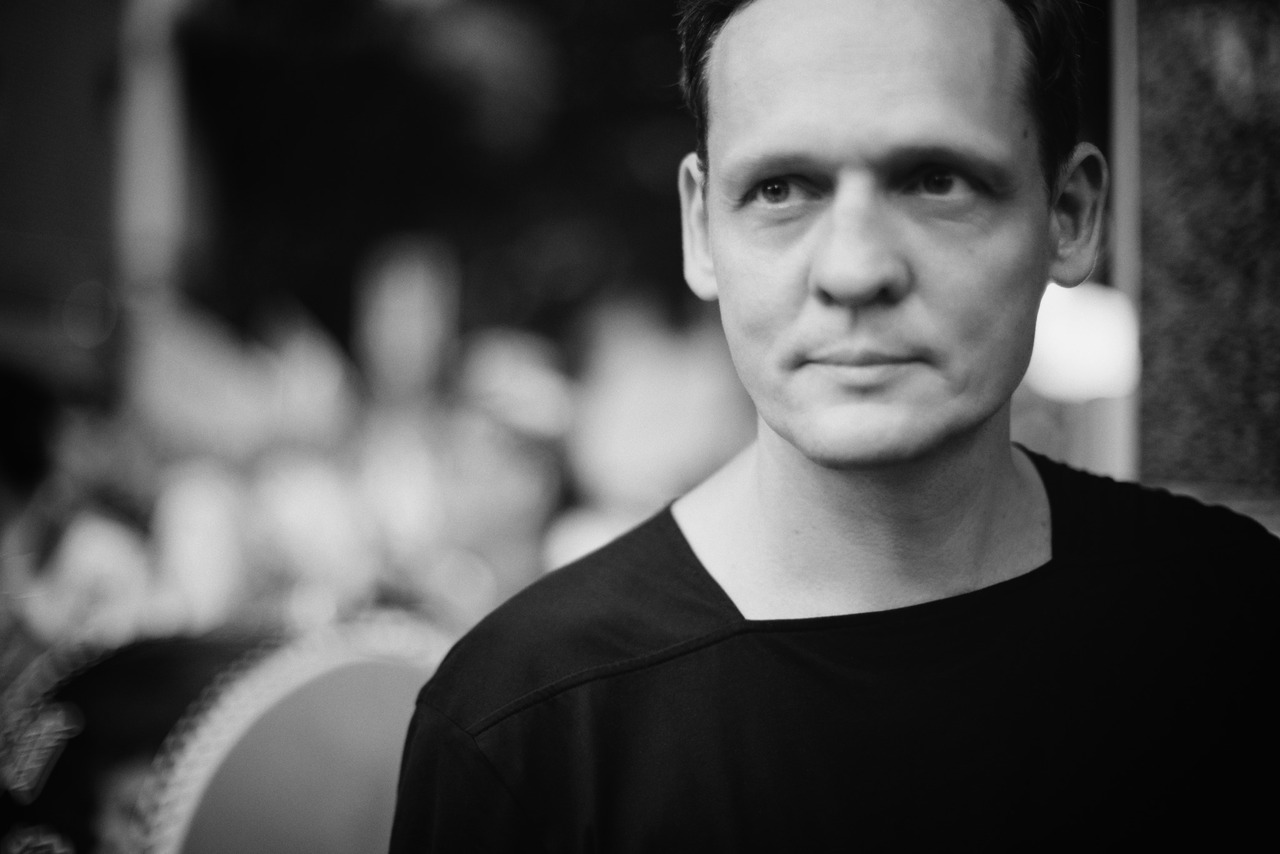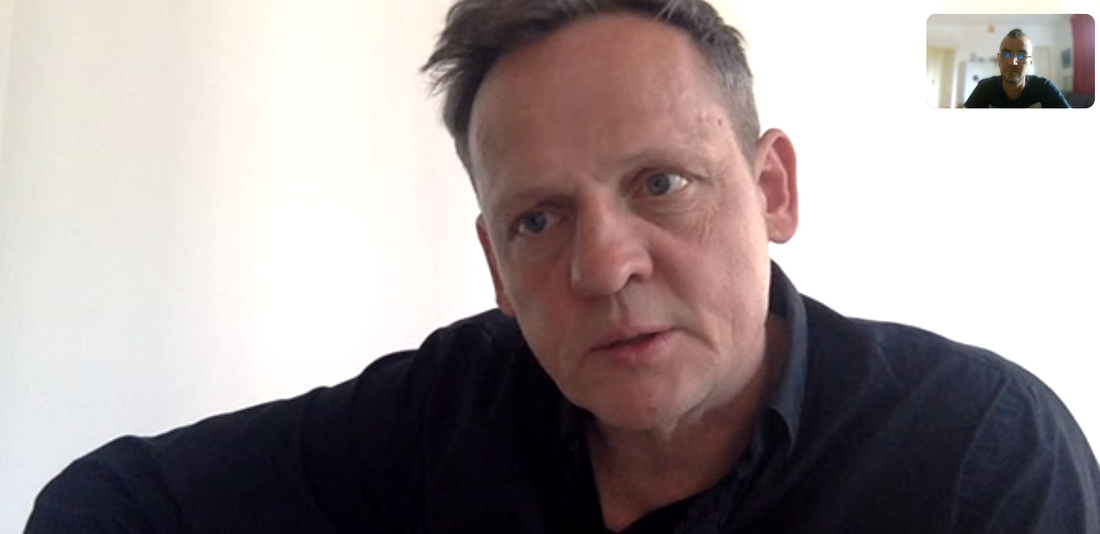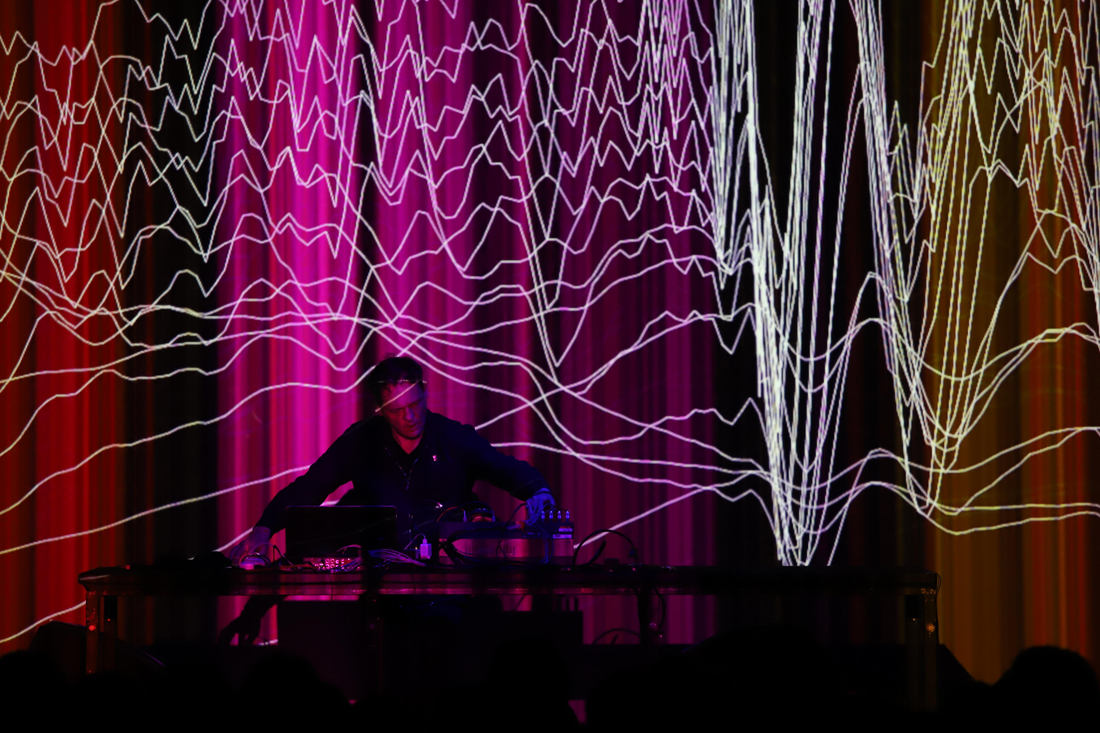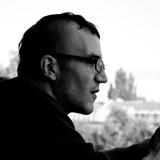When I think of Carsten Nicolai’s aesthetics and his ways of using audio and video material simultaneously, in perfect synchronization or using randomness, they seem to be inspired by the legendary "video-synthesizers" or multimedia installations made by
Nam June Paik back in the 70’s and 80’s, while the more recent (but less minimalistic) works of the
Botborg collective seem inspired by both Paik and Carsten Nicolai's own audio/video experiments.
This new album, the fourth of a pentalogy called “Xerrox”, reminds me of the post-music that could be heard in empty cities, like an ambient ode to the absence of humans. His main sources of inspiration for this "opus" are classic Science-Fiction literature and views of things from "outer space". It is not by chance that he uses for his minimalistic, yet rich texture, footages made available by N.A.S.A. If you (re)mix a bit “Xerrox 4”, with itself, you can also dance on it, with your feet and also with your mind. This immersive experience that can easily get the listener in a state of trance. Basically, that’s what experimental music is for: repetition induces meditation, including the new neural paths and synesthesia it produces.
Alva Noto also used, back in 2008’s “Unitxt”, lots of glitches, almost unlistenable-to sounds, computer errors or simply heavily scrambled audio data. On his more grown-up albums, such as his brilliant “Transform” from 2001, he sampled various electrical frequencies, getting back to the basics of electronic music, with a touch of early Kraftwerk. Controlling the voltage on oscillators, using equalizers, granular synthesis and superimposing various (not so many) layers, he always managed to deliver an intense trip to the listener’s mind.
The “Xerrox” series, which started back in 2007, is apparently inspired by the idea of “copying” and the re-re-re-replication of source material, focused on methods of gradually altering the “original” until it’s unrecognizable, digitally glitched and transformed into something completely different: “As a result, entirely new sounds are created: copies of originals become originals themselves”.
Even if Blixa Bargeld once stated that “electricity is fiction”, in the Alva Noto-Blixa Bargeld
ANBB collaboration (“Red Marut Handshake”), Nicolai gladly experiments with the basics of electrical current, that he runs through synthesizers and various other hardware or software devices specialized in modulating sound. “Xerrox vol 4” could easily be tagged as “ambiental”, “minimalistic”, “exploratory”, “cinematic” and “experimental”, but there’s always more than that, if you listen closely, without being disturbed. Every track transport the listener – through its delicate layers with very few beats to dance on and no voices – to different levels of one’s own mind. Carsten Nicolai plays with sound in its entirety, as vibration, thus everything that can be heard can be interpreted as music. Most of the tracks are invitations to personal discoveries, in- or out- of one’s own self, making use of methods inspired by science-fiction and mind travel.
Compared with his other releases, this one goes deeper than before, as it brings up many cinematic emotions about oneself and personal ways of envisioning something that it’s not openly visible. “Xerrox vol. 4” is both a journey in itself and an invitation to personal mind-travels. I could even compare it to the seminal solo debut of Klaus Schulze (just after he left Tangerine Dream), 1972’s “Irrlicht” (“Enlightenment”), even if the methods of sound-approach are very different in the cases of Schulze and Nicolai. The first one uses tons of (mostly customized) synthesizers, while Nicolai tries to simplify and be more specific in his (almost brutalist) reductionism.



